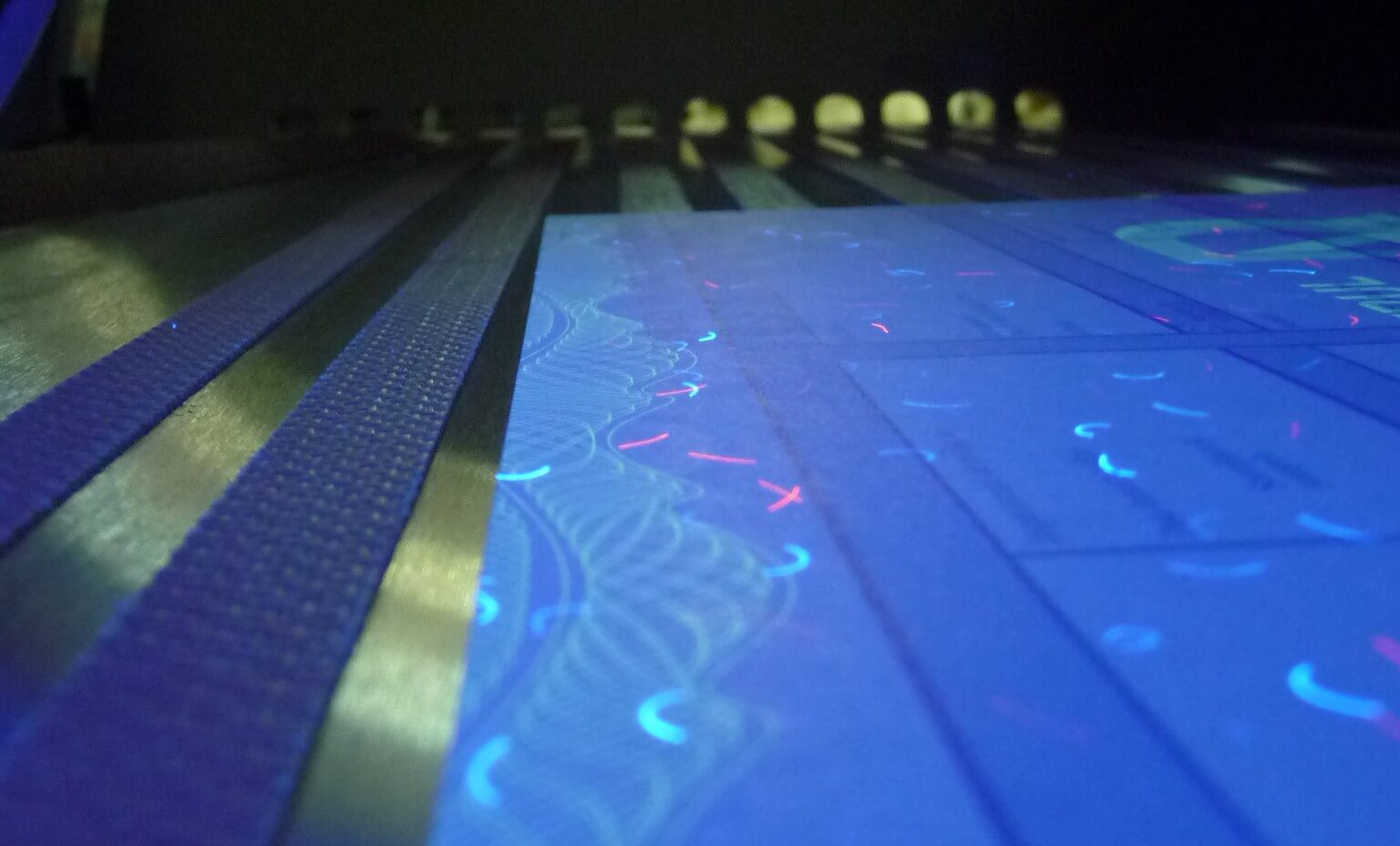The offset printing industry has been a cornerstone of the print world for decades. As we move further into the 21st century, it’s crucial to understand how this industry is evolving. From technological advancements to changing consumer demands, multiple factors are influencing the direction of offset printing. This article delves into the latest offset printing industry trends and explores where the future may lead us.

The Evolution of Offset Printing
Initially developed in the early 20th century, offset printing revolutionized the way we produce printed materials. This method, known for its high quality and efficiency, has remained dominant despite the rise of digital printing technologies. Understanding its evolution helps us appreciate its current trends and future potential. For more on how this technology compares to others, visit this external link.
Historical Context
The journey of offset printing began with the need for more efficient printing methods. Over the years, it has adapted to meet the changing needs of consumers and businesses alike. Its ability to produce high-quality prints at a lower cost than many alternatives has kept it relevant.
Technological Advancements
Recent years have seen significant advancements in offset printing technology. From improved ink formulations to more precise printing presses, these innovations have enhanced the quality and efficiency of offset printing. Learn more about these advancements at Edge AI in Printing.
Current Trends in Offset Printing
Demand for Sustainability
One of the most notable trends in the offset printing industry is the increasing demand for sustainable practices. Consumers and businesses are more environmentally conscious than ever, leading to a push for eco-friendly inks and papers. Offset printers are responding by adopting greener technologies and practices.
Customization and Personalization
Today’s consumers expect personalized experiences. This trend is impacting the printing industry, with more businesses seeking customized print solutions. Offset printing is adapting by offering more flexible options for customization, allowing businesses to tailor their printed materials to specific audiences.
Integration with Digital Technologies
Although offset printing is a traditional method, it is increasingly integrating with digital technologies. This integration allows for greater efficiency and improved print quality. By combining the strengths of both offset and digital printing, businesses can offer more comprehensive printing solutions. Discover more about this integration at AI and IoT in Printing.
Future Outlook for the Offset Printing Industry
Continued Innovation
Innovation remains a key driver for the offset printing industry. As new technologies emerge, offset printing will continue to evolve, offering even more efficient and high-quality solutions. This ongoing innovation ensures that offset printing remains competitive in a rapidly changing market.
Expanding Market Opportunities
The demand for printed materials continues to grow across various sectors. From packaging to advertising, offset printing plays a vital role in meeting these needs. As new markets emerge, offset printing is well-positioned to capitalize on these opportunities.
Challenges Facing the Offset Printing Industry
Competition from Digital Printing
While offset printing remains a dominant force, it faces competition from digital printing technologies. Digital printing offers advantages in terms of speed and customization, challenging offset printing to continue evolving. To understand the differences between these methods, visit this external resource.
Adaptation to Market Changes
The offset printing industry must adapt to changing market dynamics. This includes responding to new consumer preferences and technological advancements. By staying agile and innovative, offset printing can maintain its relevance in the modern print landscape.
Conclusion
The offset printing industry is at a pivotal point in its evolution. As it navigates the challenges and opportunities of the modern market, it is clear that its future remains bright. Through continued innovation and adaptation, offset printing will continue to be a key player in the world of print.

FAQs
What makes offset printing different from digital printing?
Offset printing uses plates to transfer images, resulting in higher quality for large volumes, while digital printing is more suited for short runs and quick turnarounds.
How is sustainability being addressed in the offset printing industry?
The industry is adopting eco-friendly inks and papers, as well as recycling and energy-efficient practices, to meet sustainability demands.
What future trends are expected in offset printing?
Future trends include further technological integration, enhanced customization, and continued sustainability efforts, ensuring the industry’s growth and adaptation.
This article contains affiliate links. We may earn a commission at no extra cost to you.







